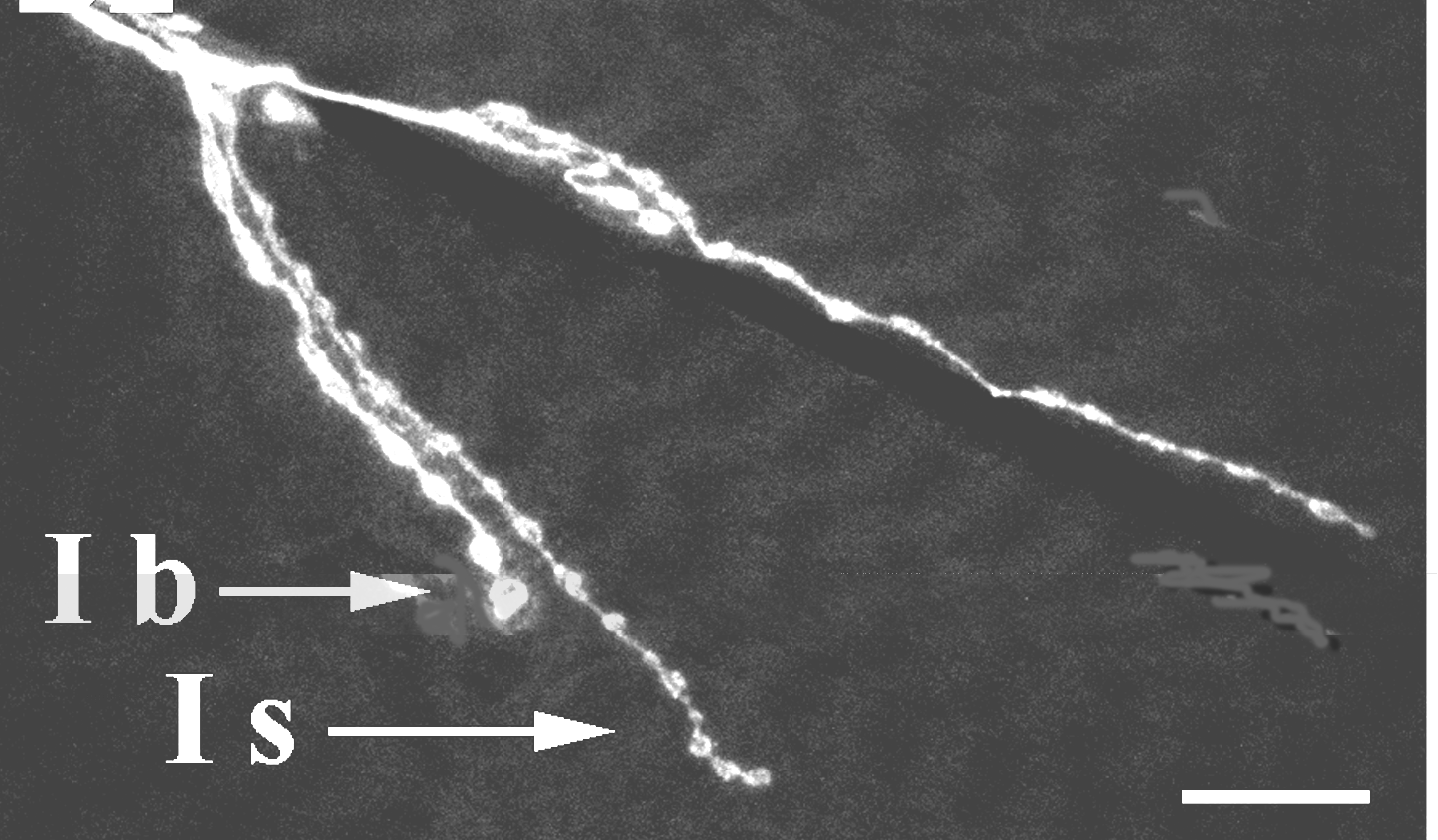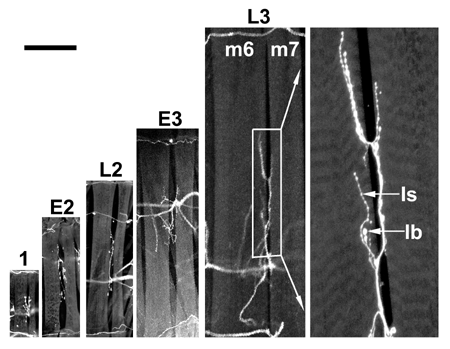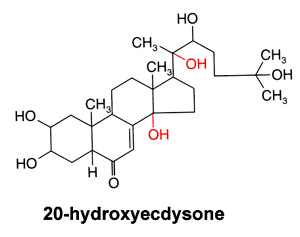|
Development of the larval NMJ:
- DEVELOPMENT OF DROSOPHILA LARVAE NMJ:
SYNAPTIC STRENGTH
Project Summary- Communication
between neurons and their target cells depends on their connections, specialized
areas of contact which are called synapses. For proper function, the nervous system
should be able to respond to changing circumstances and requirements during development.
Maintaining a structural and functional matching between the pre- and postsynaptic
cells is required as the animal grows to ensure synaptic efficacy. As a model
system, Drosophila melanogaster provides experimental advantages for developmental
studies. The simple innervation pattern of the body wall muscles is maintained
during larval development. The easily identifiable muscle cells and motoneurons
are amenable to physiological and morphological analysis. To systematically
pursue this investigation, five specific aims are being addressed: 1.
Determine if there is a correlation between synaptic strength and input resistance
(Rin) during development. Determine if the excitatory junction potentials from
Ib & Is motor nerve terminals, recorded from muscles 6 & 7 change throughout
larval development. If so, determine if the change is due solely to differences
in Rin of muscle fibers 6 & 7 as they grow. 2. Determine if
there is a correlation between the volume and surface area of muscles 6 &
7 and length of terminals and number of varicosities for both Is & Ib motoneurons.
Determine if this correlation exists from 1st instar to early and late 3rd instar
larvae. 3. Determine if the synaptic strength of Type Ib & Is
varicosities at the most proximal and most distal ends of the nerve terminals
changes during larvae development. 4. Elucidate the ultrastructure
of both the most proximal and most distal ends of Type Ib & Is nerve terminal
varicosities during each stage of larval development. 5. Measure
locomotive function in relation to body size and mass from the 1st instar to early
and late 3rd instar larvae. The study is significant since it will provide
pertinent information to address the degree in synaptic performance as measured
directly at the release sites over developmental stages in the model system of
Drosophila. Thus, the findings can be directly correlated to the underlying
structural entities which are responsible for efficacy in chemical synaptic transmission
in general. This proposed study also addresses the neuronal component of locomotive
behaviors needed to move an enlarging body mass over or through a substrate. This
will provide information addressing changes in synaptic performance during development.
Direct measurement at synaptic release sites at different developmental stages
of Drosophila will be made. Thus, there is promise that understanding the
fundamental basics of synaptic transmission in this model system will be directly
relevant to all neural systems, including humans. | 




